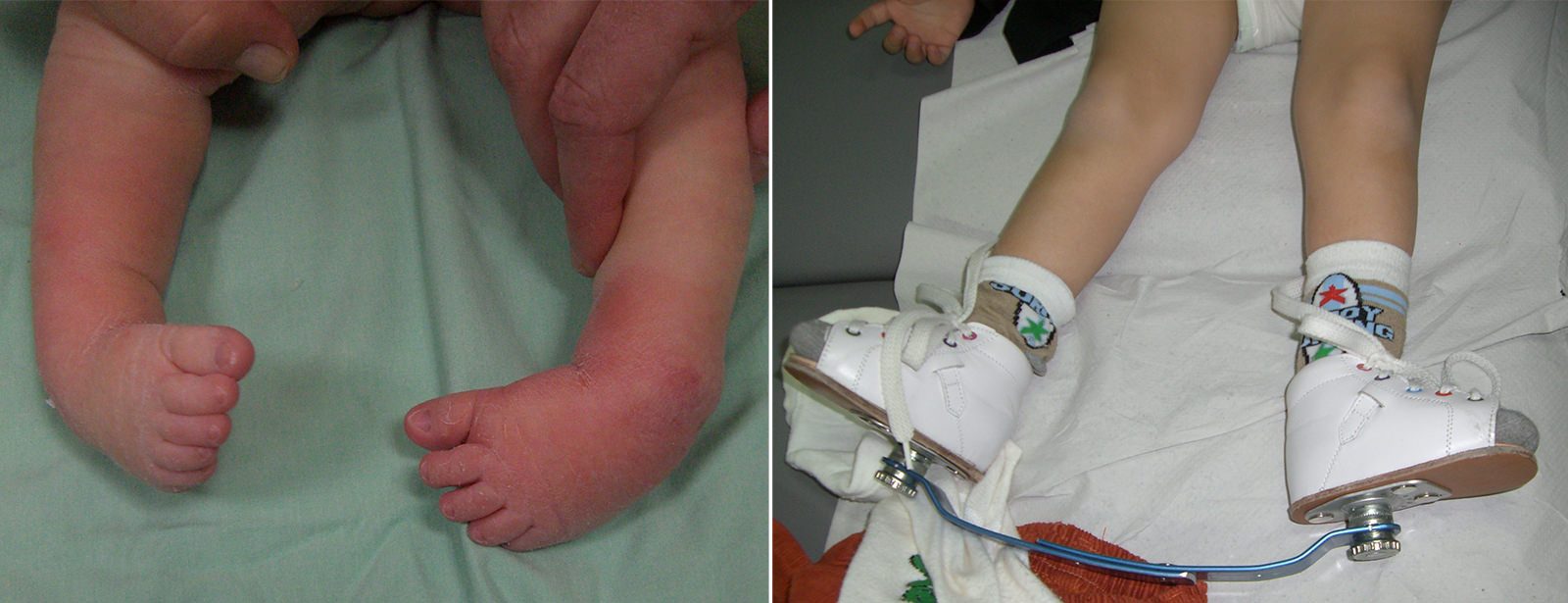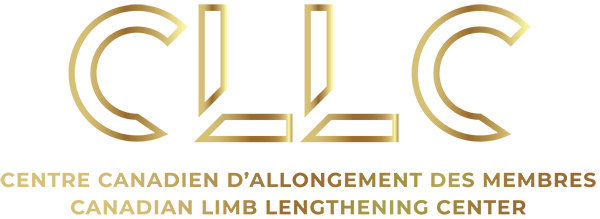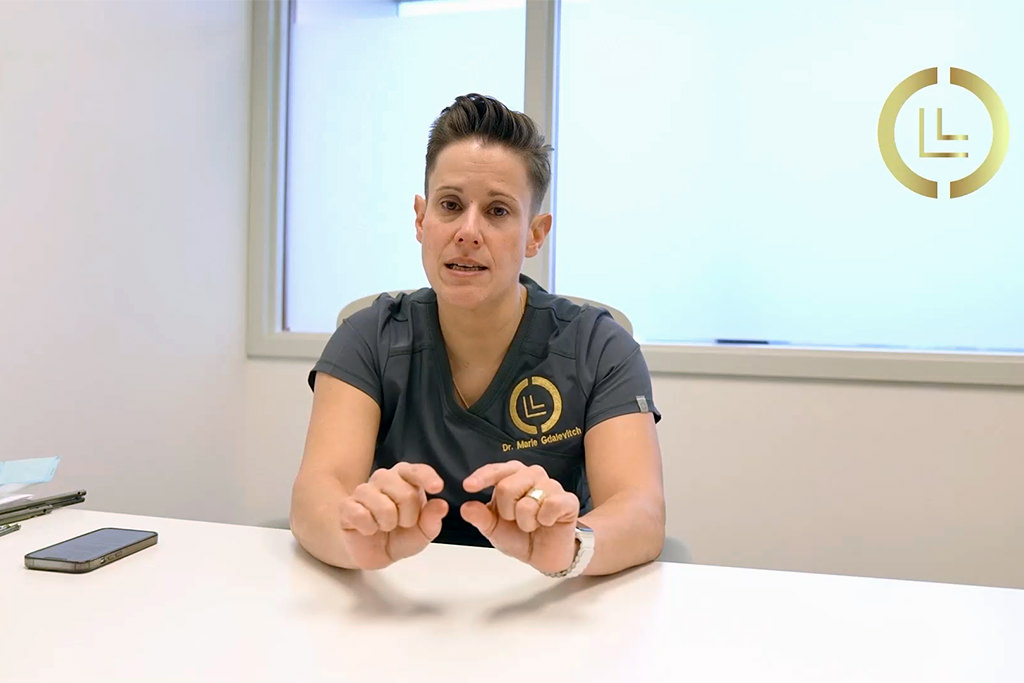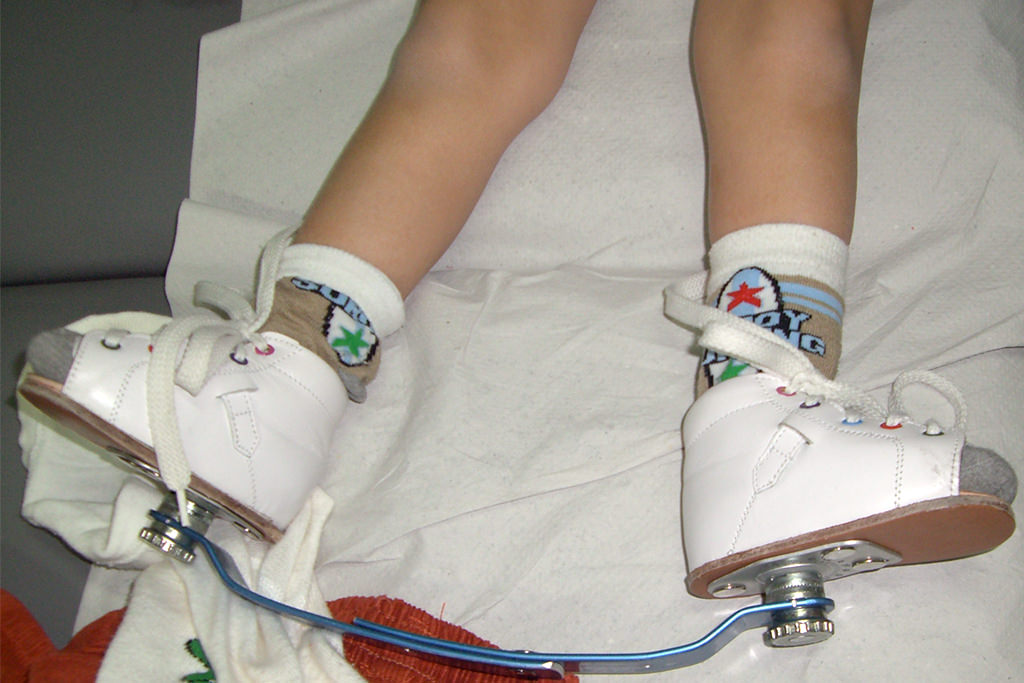Club Foot is one of the most common congenital deformities in babies and children. Feet grow a lot, and very quickly in the first years of life. Therefore, treatment with the Ponseti Casting Method begins approximately 1-2 weeks after the baby is born. The timing is very important because a baby’s ligaments and tendons are elastic and easily moved at this stage of development. The Ponseti Casting Method uses a series of casting, stretching and bracing methods to correct the deformity without causing pain or discomfort to your baby.
Indications / Candidacy
The Ponseti Casting Method is used to treat Clubfoot deformity, otherwise known as Congenital Talipes Equino Varus (CTEV). This common condition may affect one or both feet in a newborn baby. At birth, babies with Clubfoot deformity present with feet twisted inward as a result of leg tendons being shorter than usual.
Good Candidates for this procedure may experience the following:
- Feet that point down and turn in
- Diagnosed Clubfoot deformity


Treated Conditions
The Canadian Limb Lengthening Center offers treatment of many complex orthopedic conditions. We pride ourselves in providing highly specialized expert care and a holistic approach. The Ponseti Casting Method is just one of the advanced techniques we use to correct deformity in our pediatric patients. We also use other casting techniques to correct other pediatric foot deformities such as :
Surgical Technique
The Ponseti Method involves two phases:
- The casting phase, which gradually moves the foot to the correct position
- The bracing phase, which makes sure it stays in the correct position
Results
The Ponseti method is successful for most kids with Clubfoot deformity, and will allow them to walk, run, and play without pain. In general, the expected success rate of the Ponseti Method in babies without other health issues is 95%. By the end of treatment all elements of Clubfoot Deformity will be reduce if not eliminated. Obtaining a functional, flexible, pain free, strong, and normal looking foot brings our patients better quality of life during both childhood and adulthood. Successful results depend on many factors including the severity of Clubfoot, involvement of other health issues, cooperation of the parents, and brace compliance.

Potential Complications
As with any medical treatment, The Ponseti Casting Method and other casting techniques can have difficulties and complications. Through education, our team of experts will educate parents on complications and symptoms to be aware of during casting and bracing phases. At the Canadian Limb Lengthening Centre we are well equipped to treat complications should they arise. These may include:
- Cast loosening
- Cast-associated skin irritation or pressure sores
- Recurrence of deformity
Case studies
AM I A CANDIDATE?
Are you experiencing an orthopedic condition and would like to improve your physical capabilities?
Or you simply would like to achieve your long-lasting dream of improving your height?
Let us help you achieve your optimal health and wellness in a professional setting.
Let’s open up a discussion to help you achieve your goals.




Highly specialized expert care at CLLC
At the Canadian Limb Lengthening Centre we offer complex deformity correction and limb lengthening surgeries performed by experienced surgeons with the most up to date technologies. When it comes to your care, and treatment of deformity and limb length discrepancy, our surgeons have extensive training and experience.






